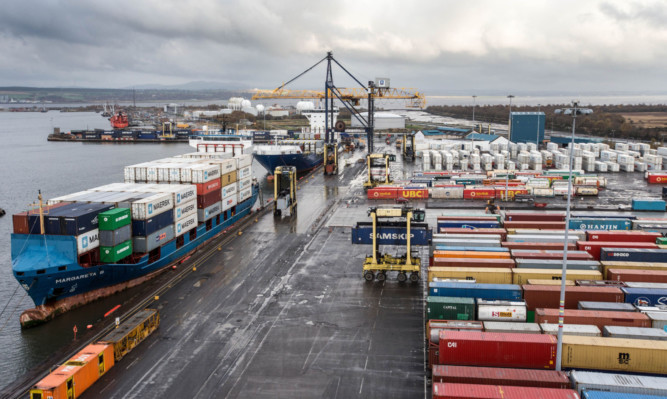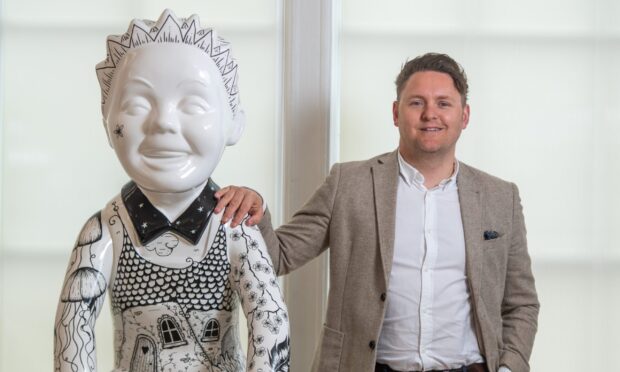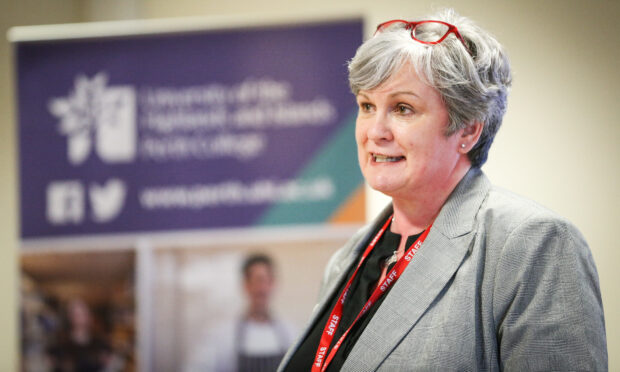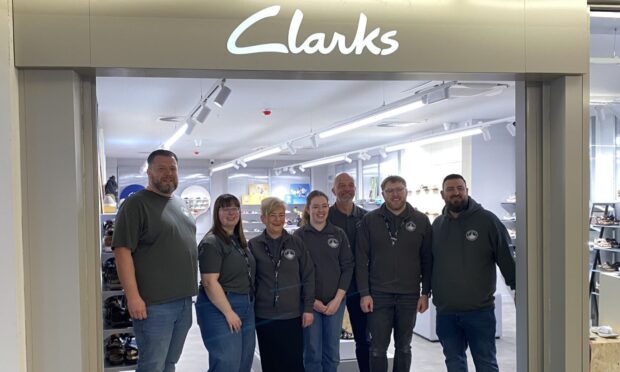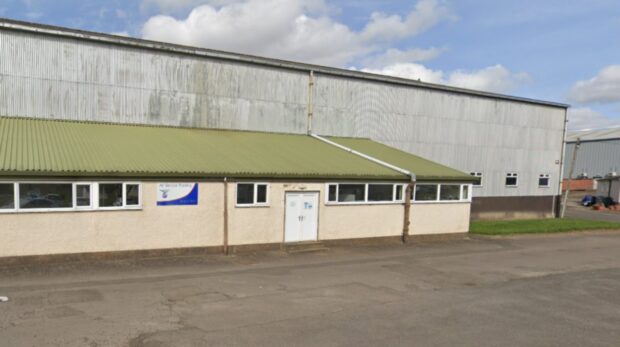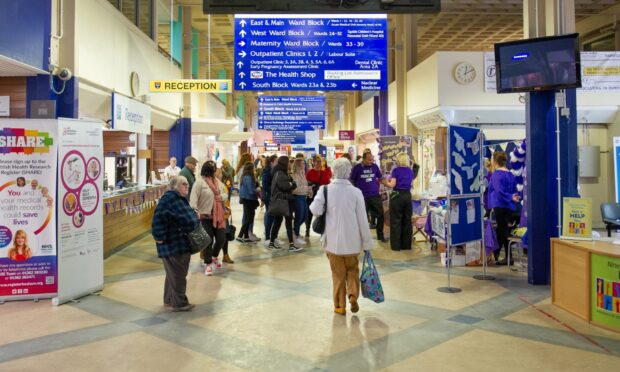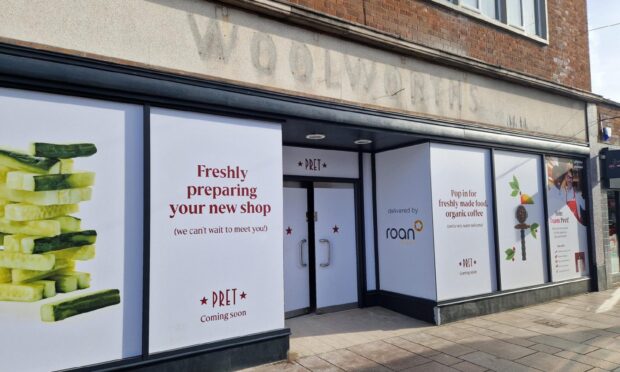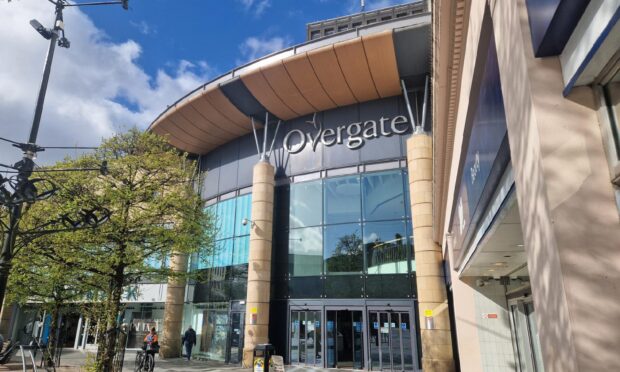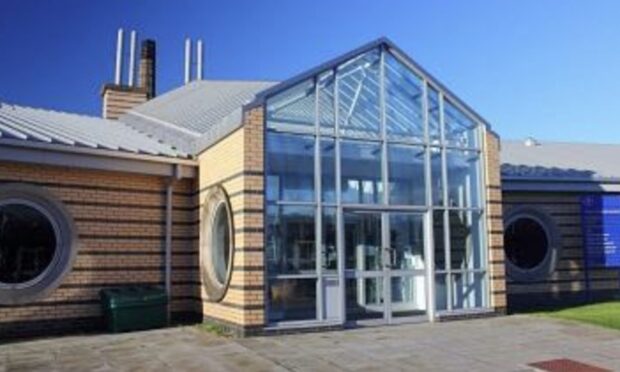Grangemouth, Scotland’s largest port, this weekend celebrated the 50th anniversary of the arrival of the first container vessel to call at a port in the UK.
The Sea-land freight service called into the port on May 7, 1966 as part of the Europe and American shipping route transporting mostly Scotch whisky for onward travel to the USA.
The previous month Sea-land launched the transatlantic container ship route with four ships in service, each carrying 226 containers with cargoes of cameras, safety razors and pre-fab housing complements.
It was the first transatlantic ship carrying only containers and called at Port Elizabeth, New Jersey, and Baltimore, Maryland, in the US, then Rotterdam, Bremen and Grangemouth.
The Forth terminal was the only UK port in the rotation making Grangemouth the first port in the UK to handle goods in this way.
The subsequent development of containerisation changed the nature of world trade.
The port has received investment and is now Scotland’s largest container port, having handled in excess of three million containers over the past 50 years.
Now it handles more than £6 billion worth of goods each year including spirits, food, steel plate, timber, paper and equipment for the oil and gas industry.
To celebrate the 50th anniversary, the port, along with all the Scottish operations of Forth Ports, have been rebranded with a fresh look and feel for the business.
The rebranding was designed by Edinburgh-based design agency Blood Creative. Signage, livery, containers and stationery will all be updated.
Commenting on the golden anniversary, Charles Hammond, chief executive of Forth Ports said: “We are excited about reaching this significant milestone in the history of the port.
“Over the past 50 years the port has changed and adapted to the changing needs of our customers.
“We are now Scotland’s largest container port and make a major contribution to the economy of Scotland.
“We look forward to continuing to play our part for Scotland in the next 50 years!”
Forth Ports also owns and operates Tilbury on the Thames, Dundee, Leith, Rosyth, Methil, Burntisland and Kirkcaldy ports.
Within and around the Firths of Forth and Tay, Forth Ports manages and operates an area of 280 square miles of navigable waters.
Grangemouth has daily container sailings to Rotterdam, Antwerp, Felixstowe and Hamburg. Most of the major lines utilise the feeder services to link with mother container vessels plying between the world’s major ports.
